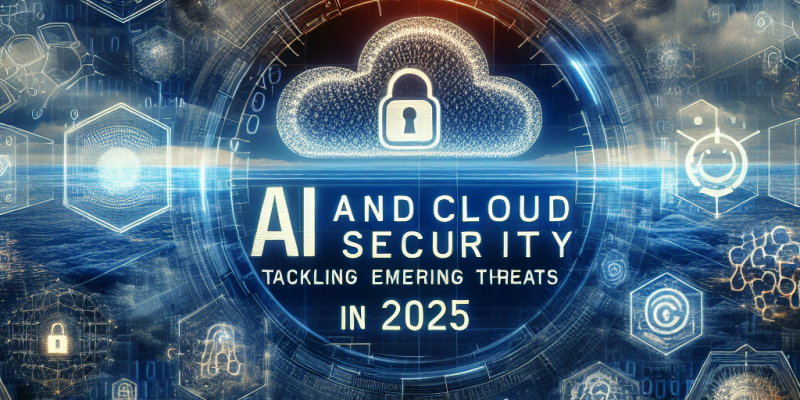AI and Cloud Security: Tackling Emerging Threats in 2025

As we enter 2025, the integration of Artificial Intelligence (AI) in cloud security is becoming increasingly important. With more businesses moving their operations to the cloud, the risks and threats are evolving. In this article, we will discuss how AI is used to combat these threats and what organizations can do to secure their data effectively.
The Rise of Cloud Services
Over the past few years, cloud services have transformed the way companies operate. They allow for greater flexibility, scalability, and efficiency. However, this shift has also attracted cybercriminals who see opportunities to exploit vulnerabilities. As more data is stored online, the targets for attacks increase.
Emerging Threats
In 2025, we are seeing several notable threats in cloud security, including:
-
Ransomware Attacks: Attackers are using advanced techniques to lock organizations out of their own data. This has become a major concern for many businesses.
-
Insider Threats: Not all threats come from outside. Employees with access to sensitive data can unintentionally or maliciously cause security breaches.
-
Supply Chain Attacks: As companies use multiple vendors for their cloud services, attackers are focusing on these third-party providers to gain access.
The Role of AI in Securing the Cloud
AI is playing a crucial role in addressing these challenges. Here are some key ways AI enhances cloud security:
1. Predictive Analytics
AI systems analyze vast amounts of data to predict potential threats. By identifying patterns and anomalies, businesses can detect unusual activity before it becomes a significant issue. For example, if an employee’s account suddenly tries to access a large amount of data at an unusual hour, AI can flag this behavior for review.
2. Automated Response Systems
AI can automate responses to security threats. When a threat is detected, AI systems can quickly initiate predefined actions, such as locking accounts or isolating affected systems. This rapid response can minimize damage and reduce recovery time.
3. Continuous Monitoring
AI-powered systems enable continuous monitoring of cloud environments. This ensures that any suspicious activity is tracked in real time, allowing organizations to respond immediately instead of waiting for manual checks.
Best Practices for Organizations
To effectively harness AI for cloud security in 2025, organizations should consider the following practices:
-
Invest in AI Technologies: Businesses should invest in advanced AI tools that specialize in cybersecurity. These tools can provide better protection against emerging threats.
-
Employee Training: It is essential to train employees on security best practices. Having a well-informed staff can reduce the risks associated with insider threats.
-
Regular Security Audits: Organizations must regularly audit their cloud security measures. This includes checking for potential vulnerabilities and ensuring that AI systems optimize security protocols.
Conclusion
As we move further into 2025, AI and cloud security will continue to evolve. The threats are growing in complexity, and so are the solutions. By understanding the emerging threats and leveraging AI, organizations can better protect their data and maintain the trust of their customers. Staying informed and proactive is key to navigating the cloud security landscape in this rapidly changing environment.














